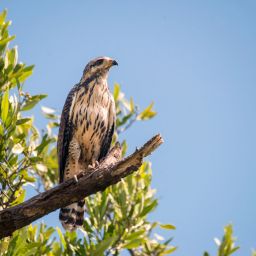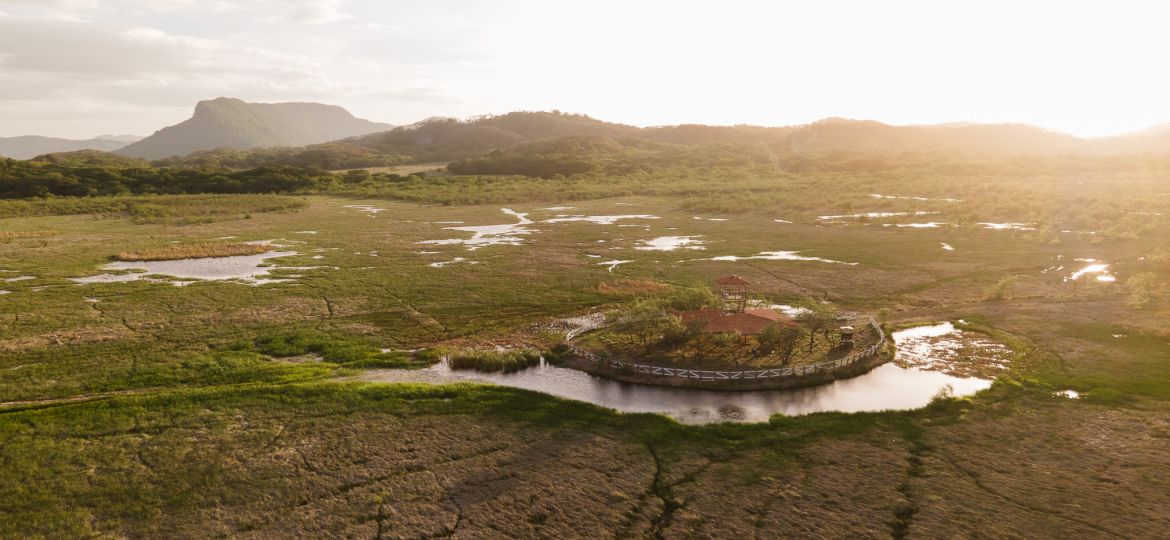
Guanacaste Costa Rica is a true paradise for nature enthusiasts, offering a wealth of natural attractions that showcase the country’s remarkable biodiversity and breathtaking landscapes. From volcanic wonders to pristine beaches and vibrant forests, Guanacaste invites you to explore, discover, and connect with the wonders of the natural world. Nestled on the northern Pacific coast, this province also has a number of incredible national parks that are perfect for nature lovers and adventure enthusiasts alike. Let’s embark on a virtual journey to 5 National Parks in Guanacaste that will leave you in awe.
While staying at Rancho Humo Estancia, guests are just a drive away from these beautiful national parks that protect the tropical dry forest, coastline, volcanoes, and national monuments. It even is neighbor to one of them sharing a special bond with the conservation of the bio-rich wetlands home to residents and migratory birds.
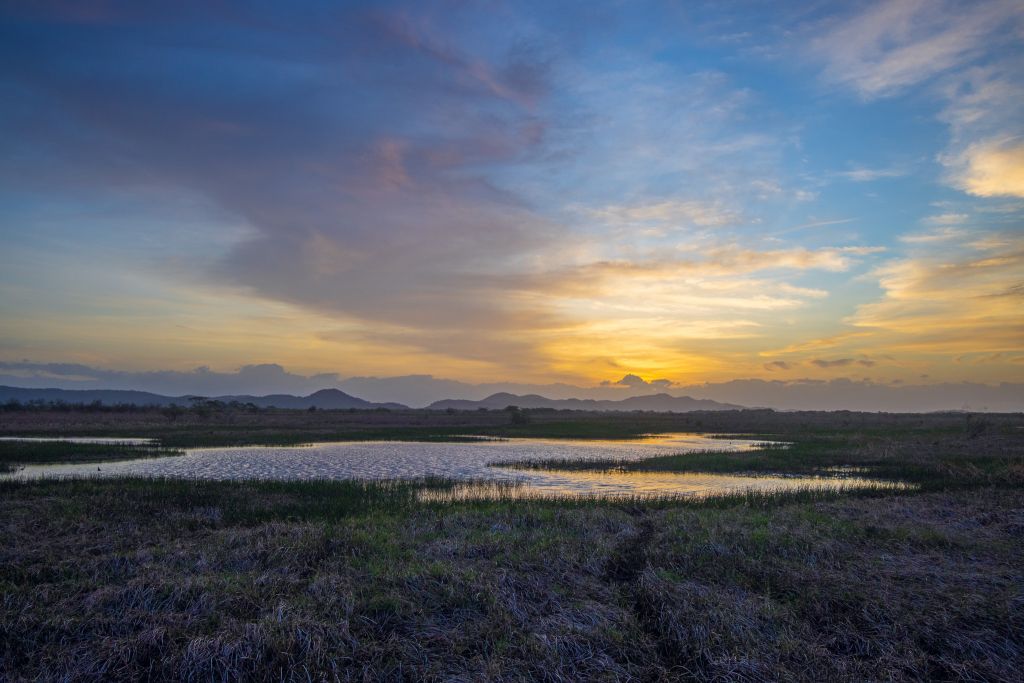
1. Palo Verde national park
Palo Verde National Park is a nature reserve located in Guanacaste province, Costa Rica. The park is one of the most important wetlands in Central America and is home to a wide variety of plants and animals. The park covers an area of 45,492 acres, including marshes, lagoons, and tropical dry forests.
The park is a haven for birdwatchers, with over 300 species of birds living in the area. Some of the most notable species include the white ibis, roseate spoonbill, wood stork, and jabiru. Visitors can take a guided boat tour through the park to spot these birds and learn about their behavior and habitat.
Palo Verde National Park is also home to a variety of mammals, including howler monkeys, white-tailed deer, and coatis. Visitors may also spot crocodiles and other reptiles in the wetlands. The park is a great place for nature lovers to explore and learn about the diverse ecosystems of Costa Rica.
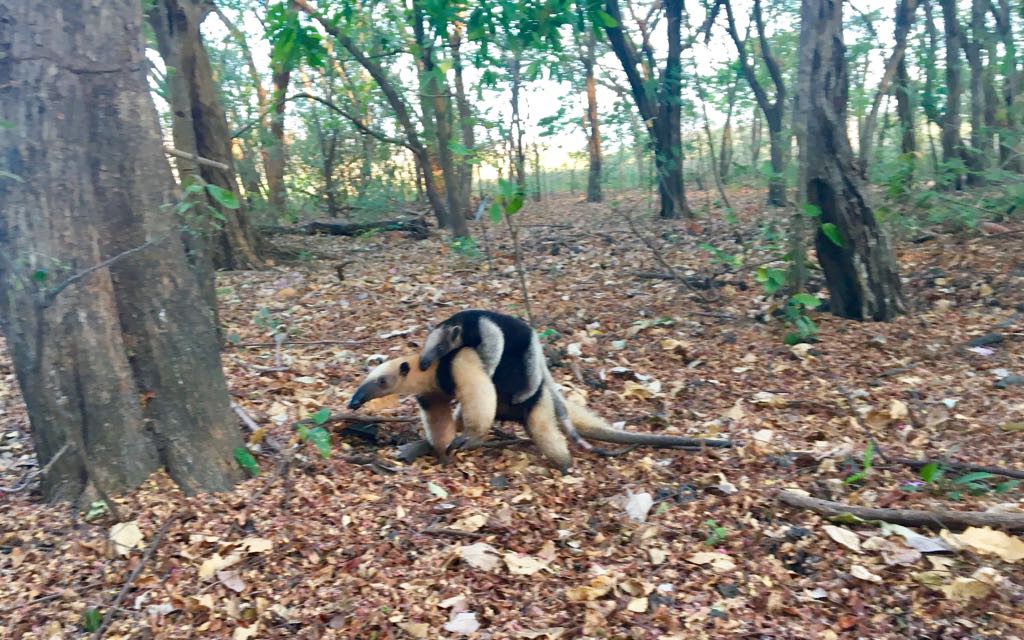
2. Santa rosa national park
Santa Rosa National Park is a national park located in the Guanacaste province of Costa Rica. The park was established in 1971 and covers an area of approximately 122 square miles. The park is home to a wide variety of ecosystems, including tropical dry forests, mangroves, and beaches.
One of the main attractions of Santa Rosa National Park is the La Casona Monument, which is located near the park entrance. The building was once a hacienda and was the site of a battle between Costa Rican forces and filibusters led by William Walker in 1856. The building now serves as a museum, showcasing the history of the region and the battle.
The park is also home to several beaches, including Playa Naranjo and Playa Santa Elena. These beaches offer visitors a chance to relax and enjoy the beautiful scenery of the park. The beaches are also popular destinations for surfers.

3. rincon de la Vieja national park
Rincon de la Vieja National Park is a protected area located in the northwestern part of Costa Rica, in the Guanacaste Province. The park is named after the active volcano Rincon de la Vieja, which stands at an altitude of 6,286 feet. The park spans over 34,800 hectares and is home to a diverse range of ecosystems, including tropical dry forests, cloud forests, and volcanic peaks.
One of the most popular attractions of Rincon de la Vieja National Park is its volcanic activity. The park has several volcanic peaks, including the Rincon de la Vieja Volcano, which is still active. Visitors can explore the park’s many geothermal features, including hot springs, mud pots, and fumaroles.
The park is also home to a variety of wildlife, including jaguars, tapirs, and several species of monkeys. The park’s birdlife is particularly diverse, with over 300 species of birds living in the area. Visitors can take a guided tour through the park to spot these animals and learn about their behavior and habitat.
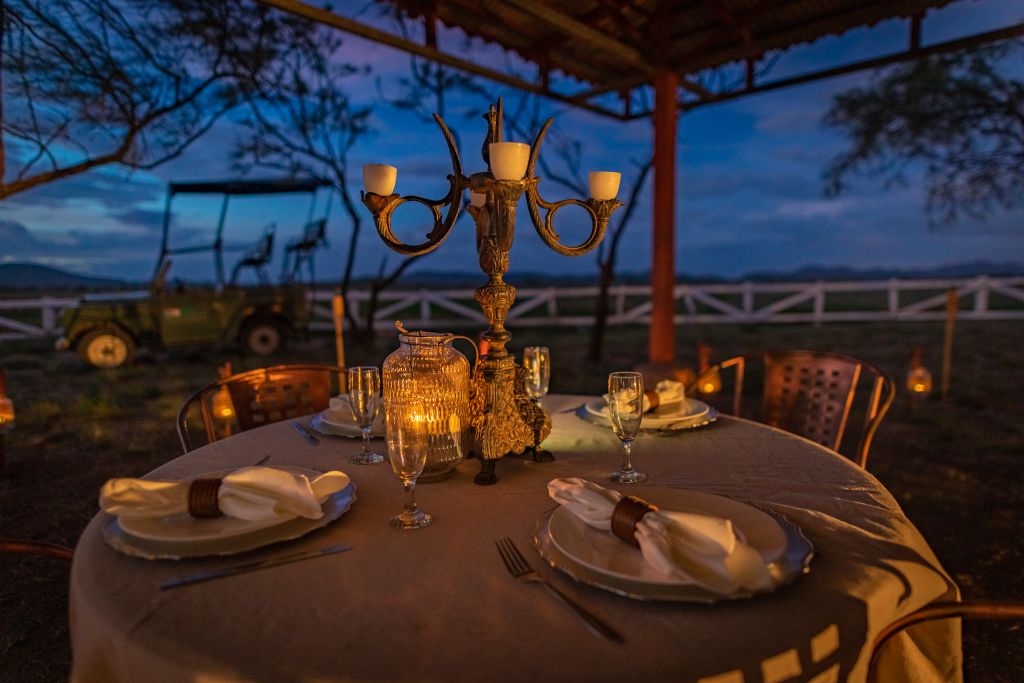
4. barra honda national park
Barra Honda National Park is a protected area located in the Guanacaste Province of Costa Rica. The park is named after the Barra Honda rock formation, which is a series of limestone caves and underground rivers. The park covers an area of approximately 2,295 hectares and is home to a diverse range of wildlife and plant species.
The park is a popular destination for visitors looking to explore its many caves and underground rivers. Visitors can take a guided tour through the Barra Honda caves, which extend for over 42 kilometers. The caves offer stunning views of stalactites, stalagmites, and other rock formations. The park also has several hiking trails that wind through the forests and offer breathtaking views of the surrounding landscape.
The park’s geological formations are also a major attraction for visitors. The Barra Honda rock formation is one of the few underground cave systems in Costa Rica that is open to the public. The caves offer a unique opportunity to explore the park’s geology and learn about the forces that shaped the landscape.
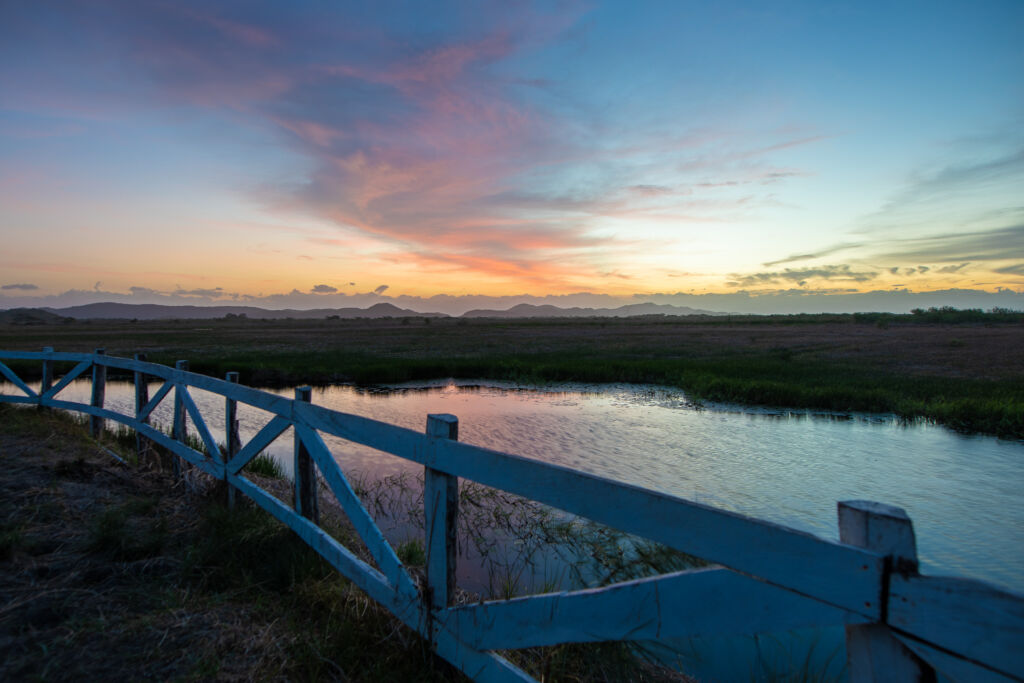
5. las baulas national park
Las Baulas National Park is a protected area located in the province of Guanacaste in Costa Rica. The park is named after the leatherback sea turtles (baulas in Spanish) that nest on its beaches. The park covers an area of approximately 1,500 hectares and is home to a diverse range of ecosystems, including mangroves, dry tropical forests, and marine habitats.
One of the main attractions of Las Baulas National Park is the leatherback sea turtles that nest on its beaches. The park is home to one of the largest populations of leatherback turtles in the world. Visitors can take a guided tour to watch the turtles as they come ashore to lay their eggs, or to see the hatchlings make their way to the sea.
Las Baulas National Park also offers visitors a range of outdoor activities, including hiking, birdwatching, and surfing. The park has several hiking trails that wind through the forests and offer stunning views of the surrounding landscape. The park’s beaches, including Playa Grande, are also popular destinations for surfers and sunbathers.
Rancho Humo Estancia is your perfect resting place after a day of exploring the 5 national parks of Guanacaste! After a wonderful rest and a fantastic dining experience, you will be ready to continue visiting these special spaces that protect countless species of flora and fauna and offer their visitors an unforgettable time. Which is your favorite national park? When will you visit Rancho Humo?


